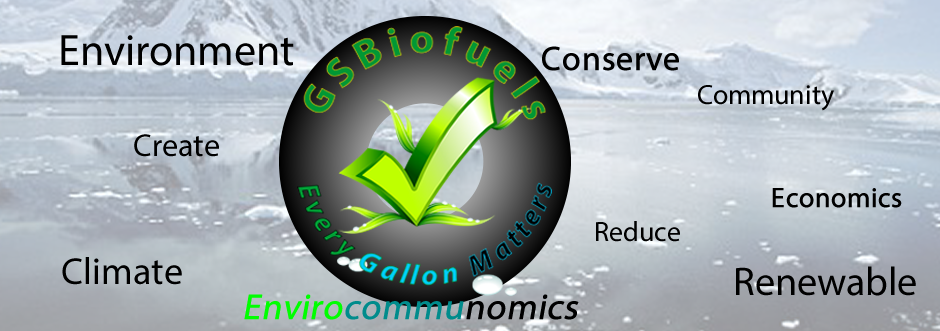Larger, dynamic animal species like rhinoceroses and elephants get a lot of well-deserved attention. But they also get the lion’s share of global conservation funding, leaving threatened species that are not as well-known to fend for themselves.
A 25-year study led by researchers at University of Hong Kong (HKU) has found that, of the nearly $2 billion in funds allotted to projects globally, 82.9 percent was devoted to vertebrates.
Mammals and birds received 85 percent of the funding, while amphibians were assigned less than 2.8 percent.
Invertebrates and plants were each given 6.6 percent of the total resources, while algae and fungi only benefited from 0.2 percent.
“The extensive loss of biodiversity represents one of the major crises of our time, threatening not only entire ecosystems but also our current and future livelihoods. As scientists realise the magnitude and scale of ongoing extinctions, it is vital to ascertain the resources available for conservation and whether funds are being effectively distributed to protect species most in need,” a press release from HKU said.
Mammals like kangaroos, wallabies, rodents and bats were greatly underfunded.
“Conservation efforts are largely concentrated on a narrow subset of species, some nonthreatened, while most species in urgent need of protection are largely ignored,” the authors of the findings wrote. “Both governments and nongovernmental stakeholders urgently need new approaches to help tackle the biodiversity crisis, including realigning funding priorities to ensure representative funding across taxa toward vulnerable and currently neglected species.”
Lead author of the study Benoit Guénard, an associate professor in the School of Biological Sciences at HKU, said that no financial support was given to almost 94 percent of the species that were identified as threatened.
“Protecting this neglected majority, which plays a myriad of roles in ecosystems and represents unique evolutionary strategies, is fundamental if our common goal is to preserve biodiversity,” Guénard said, as The Guardian reported.
The researchers analyzed nearly 15,000 conservation projects from 1992 to 2016. They looked at the allocation of funding based on specific groups of organisms or species based on an assessment of their conservation needs by the International Union for Conservation of Nature’s Red List.
“Based on previous literature-based studies, we expected biases towards vertebrates and, whilst this was true, we found the situation much worse than previously estimated. Even within vertebrates, many of the most threatened groups, like amphibians, were largely underfunded with declining funding trends over time,” Guénard explained in the press release.
Reptiles, especially snakes and lizards, were another example of funding bias. More than a thousand reptile species are identified as threatened, but 87 percent of reptile conservation funding was devoted to seven marine turtle species.
“This highlights an important mismatch between scientific assessment of conservation and allocation of funding by conservation stakeholders, which appears to rely on the ‘charisma’ of species. This leads to nearly a third of the funding directed to non-threatened species while almost 94% of threatened species have not received any support,” Guénard said.
The study, “Limited and biased global conservation funding means most threatened species remain unsupported,” was published in the journal Proceedings of the National Academy of Sciences.
“Our traditional view of what is threatened often does not align with species genuinely at threat, leaving many smaller, or ‘less charismatic’ species neglected. We urgently need to reframe this perspective and better allocate funding across taxa if we want any hope of redressing widespread population declines and the continued loss of biodiversity,” said the study’s co-author Alice Hughes, an associate professor in the School of Biological Sciences at HKU, in the press release.
Based on the findings, the researchers said a new approach needs to be taken to funding conservation. Not only does species conservation need additional funding, a more careful approach must be taken in the selection of projects and species that are to receive the limited funds available.
“Conservation agencies and NGOs need to modify their philosophy towards conservation to protect all species, and not just a subset based on subjective criteria of charisma or beauty,” Guénard said.
The research team has hope that their database will be expanded to make funding allocation information more easily accessible and transparent. This would help with planning future conservation efforts worldwide, evaluating existing gaps and reducing funding redundancy for species that are already receiving most of the financial support.
The post Most Conservation Funding Goes to Large, ‘Charismatic’ Vertebrates Instead of Lesser-Known, Threatened Species: Study appeared first on EcoWatch.


 More land is allocated to golf courses than renewable energy, a new study in our journal Environmental Research Communications shows: ow.ly/y6WR50V4l8c.
We don’t suggest eliminating golf courses, but it highlights the potential of rethinking land use to boost renewable energy.
More land is allocated to golf courses than renewable energy, a new study in our journal Environmental Research Communications shows: ow.ly/y6WR50V4l8c.
We don’t suggest eliminating golf courses, but it highlights the potential of rethinking land use to boost renewable energy. 